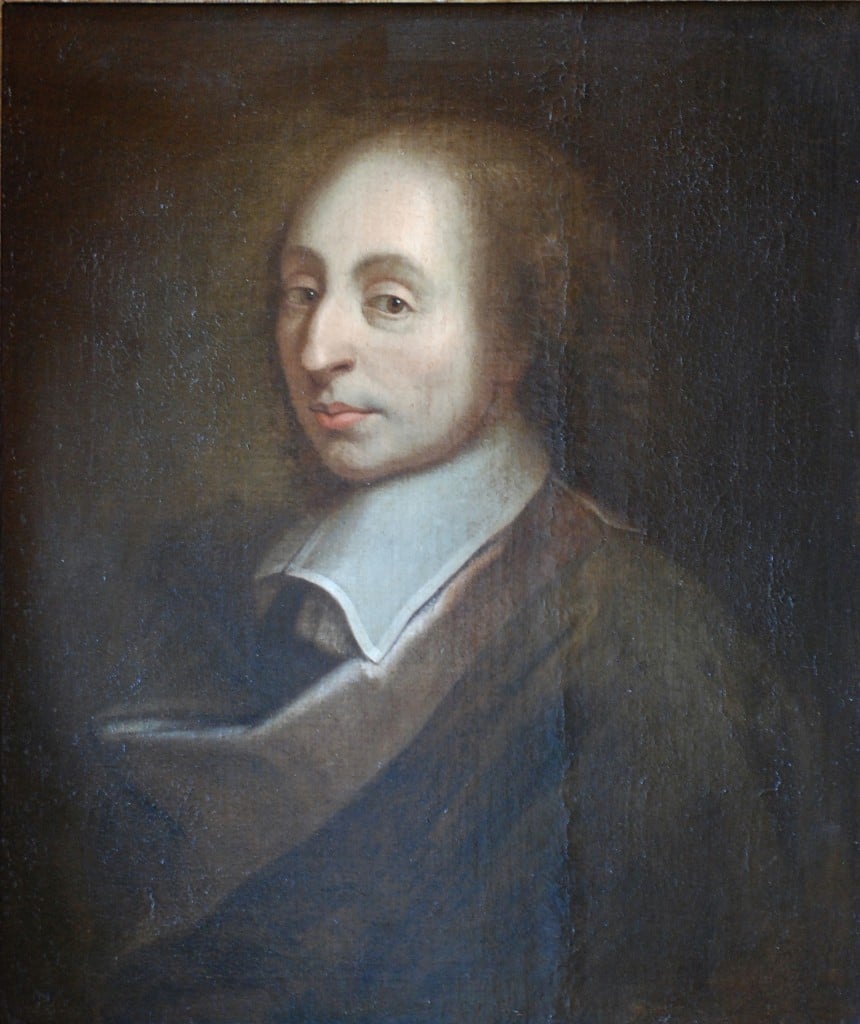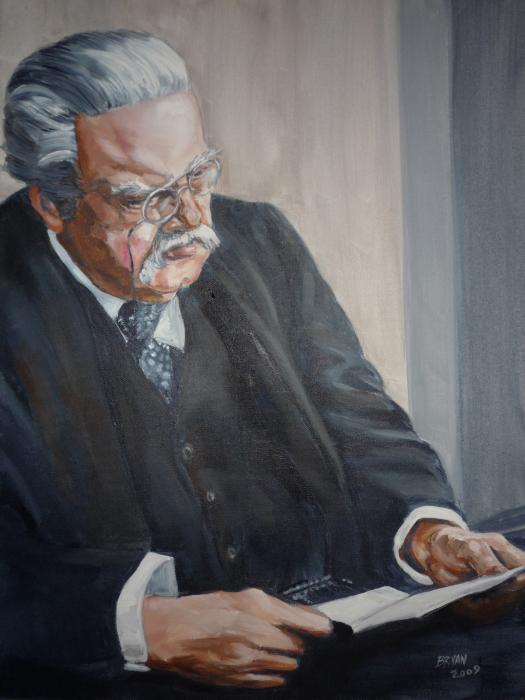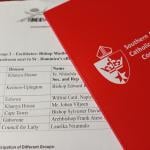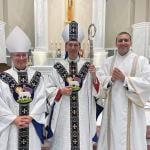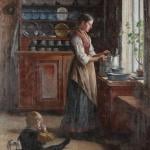Guest post by EPG
(With Webster on vacation, one of our more dedicated YIMCBC members has offered these excellent notes. If you are just coming aboard, you can catch up with our discussion by clicking on—Chapter 1, Chapter 2, Chapter 3, Chapter 4, and Chapter 5.)
Chapter 6, “The Paradoxes of Christianity”
In the first five chapters, Chesterton described the development of his personal creed, and how he gradually began to see that the things that he came to believe on his own (a sort of “natural theology”) ran parallel to what the Church has taught throughout history.
(It’s worth remembering here that, when he wrote Orthodoxy, Chesterton was not yet a Catholic, but still an Anglican. The Christian orthodoxy that Chesterton describes in this volume is probably best understood as that which all Christians at all times could reasonably be expected to agree upon—what C.S. Lewis a few decades later described as “mere” Christianity.)
In Chapter 6, after a few pages of preamble, Chesterton assesses certain arguments against the Church. Although he was initially inclined to accept those arguments, he found the Church’s critics essentially canceling each other out, hence the “paradoxes” of which he writes.
Before we move to the main part of the chapter, however, it is worth pausing to consider his appreciation of the eccentricity of life: “Life is not an illogicality; yet it is a trap for logicians.” Life is not a mathematical construct: everything, although constructed within the scope of the overall order, contains surprises. “An apple or an orange is round enough to get itself called round, and yet is not round after all.” The Creator, it appears, is not coldly playing with geometry, but instead creates with love, with attention not only to the platonic ideal of apple, but to each individual apple.
Chesterton reviews the paradoxical complaints against Christianity: Christianity is too pessimistic, Christianity is too optimistic; Christianity, by drawing some to the cloister, is anti-family, but Christianity also relegates women to the hearth and home; Christianity, in urging its members to turn the other cheek, is too pacifistic, Christianity has caused untold wars and suffering. Chesterton does it much better than I could, so I don’t intend to summarize farther.
Chesterton then gets to the main point: The Church somehow holds all these extremes, the warrior and the pacifist, the contemplative and the activist, the ascetic and the esthetic, within itself. Not in a watered down sense, with each component averaging out with the others into a uniform gray. Not even in tension, although that is closer to the truth. Instead, it appears that each component is allowed full rein to follow its vocation. The contemplatives are supposed to contemplate. The pacifists urge peace; the warriors (within their proper scope) fight “like thunderbolts.” Or, as he observes, the Church “has at once . . . been fiercely for having children and fiercely for not having children. It has kept them side by side like two strong colors.”
Perhaps these differences could be described in terms of vocation. Some are called to one thing, some to its apparent opposite. Each vocation reflects the individual qualities with which we are endowed, and each (properly exercised) has its role in the whole. We are not all geometrically perfect apples, we all vary from the pattern, and vary just enough not to be quite “round.” But we each have our place within the larger pattern, as individuals.
C.S. Lewis wrote something to the effect that the saints are not all alike. As we progress toward holiness, we (each of us) become more like ourselves (our selves as God intended them to be). Our union with God is not like the Borg of the Star Trek series, in which the components lose their individuality. Similarly, under Chesterton’s vision of orthodoxy, each of us is given room to be a stripe in the pattern—existing side by side with the lion and the lamb, in that miracle where the lion lays down with the lamb, and yet retains his “royal ferocity.”


